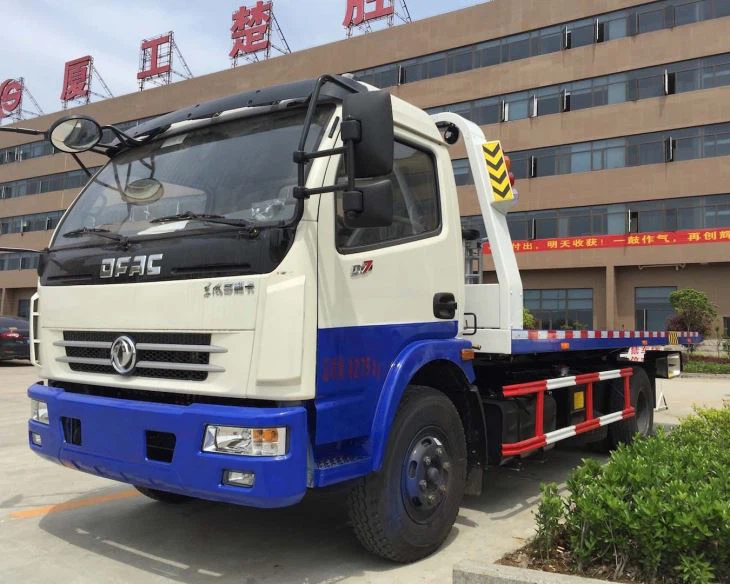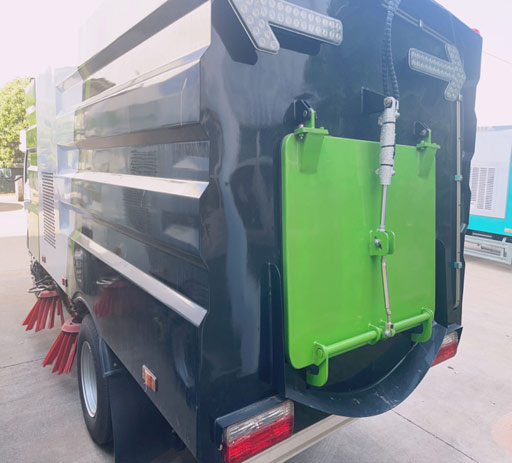Chinese Cabin: A Comprehensive Guide to Design, Culture, and Craftsmanship

The concept of a Chinese cabin brings together the aesthetics, functionality, and rich cultural heritage of China in a compact living space. This article delves into the various aspects of Chinese cabin design, its cultural significance, and practical tips for incorporating this style into your life, whether through building, decorating, or simply appreciating the art form. Discover the intricacies of design elements, materials, and the philosophies that come together to make the Chinese cabin a unique living experience.
What is a Chinese Cabin?
A Chinese cabin refers to a small dwelling or structure designed with traditional Chinese architectural elements. These cabins often reflect the values of simplicity, nature, and harmony, which are central to Chinese culture. Typically characterized by intricate woodwork, elegant curves, and vibrant colors, Chinese cabins are not only visually appealing but also serve practical purposes.
The Historical Context of Chinese Cabins
Chinese architecture has a storied past, dating back thousands of years. The use of cabins and smaller structures became popular in rural areas, serving as spaces for meditation, retreats, or simple family living. The design principles are often influenced by Feng Shui, the philosophy of harmony with one’s environment.
Common Features of Chinese Cabins
| Feature | Description |
|---|---|
| Symmetry | Reflects balance and harmony, a central concept in Chinese aesthetics. |
| Roof Design | Curved roofs with overhanging eaves are common, allowing for rainwater runoff. |
| Materials | Wood and bamboo are primary materials, emphasizing a connection to nature. |
| Decorative Elements | Intricate carvings, paintings, and calligraphy serve both decorative and symbolic purposes. |
Designing Your Chinese Cabin
Choosing the Location
When designing a Chinese cabin, location is crucial. Ideally, the cabin should be positioned in a serene environment, surrounded by nature. Considering factors such as sunlight, wind direction, and landscape can enhance the cabin’s harmony with its surroundings.
Architectural Style Choices
Different regions in China have unique architectural styles. For instance:
- Sichuan Style: Features flat roofs and wooden overhangs.
- Yunnan Style: Known for its use of local stones and earthen materials.
- Beijing Style: Often characterized by colorful details and courtyards.
Interior Design Elements
Furniture Selection
Chinese furniture often adheres to minimalist principles, emphasizing functionality without sacrificing beauty. Key pieces include:
- Tea Tables: Central to social interaction.
- Low Seating: Encourages a relaxed atmosphere.
- Carved Cabinets: Provide storage while adding to the aesthetic appeal.
Color Schemes and Textiles
Color plays a significant role in Chinese design. Traditional colors include:
- Red: Symbolizes luck and prosperity.
- Gold: Represents wealth and grandeur.
- Black: Signifies water and stability.
When choosing textiles, consider silk, brocade, and cotton with traditional patterns to enhance the overall look.

Incorporating Feng Shui
Feng Shui is the ancient Chinese art of placement, promoting positive energy flow within a space. Key principles include:
- Placement of doors and windows to allow natural light and airflow.
- Incorporating plants to promote healing and balance.
- Using mirrors appropriately to reflect positive energy.
Outdoor Spaces
Create a tranquil outdoor area by incorporating a garden with elements such as:
- Ponds: Represent calmness and serenity.
- Footpaths: Made of natural stone to blend with the environment.
- Seating Areas: For contemplation and relaxation.
Practical Tips for Building Your Chinese Cabin
Choosing the Right Materials
Select materials that echo traditional Chinese architecture. Wood, particularly cedar and pine, is favored for its durability and aesthetic qualities. Research local suppliers for sustainably sourced options.
Construction Techniques
Employ techniques that are traditional yet practical. For example, using joinery instead of nails preserves the integrity of the wood and contributes to a more authentic look.
Tools and Equipment
Invest in high-quality tools such as:
- Hand saws for precise cuts.
- Chisels for carving patterns.
- Measuring tools to ensure accuracy.
Chinese Cabin Decor and Accessories
Art and Wall Hangings
Incorporate traditional art forms, including:
- Chinese Calligraphy: Verses representing virtues and good luck.
- Landscape Paintings: Reflecting the beauty of nature.
- Traditional Silk Scrolls: Adding texture and color.
Lighting Options
Use soft, warm lighting to create a cozy atmosphere. Options include:
- Lanterns: Traditional designs for authenticity.
- Wall sconces: To illuminate artwork.
- Natural light: Large windows for panoramic views.
Maintaining a Chinese Cabin
Regular Cleaning and Upkeep
Maintain the beauty and longevity of your cabin by regularly cleaning wooden surfaces and protecting them from water and pests. Use natural oils for polishing wood to maintain its luster without compromising health.
Seasonal Maintenance Tips
| Season | Maintenance Task |
|---|---|
| Spring | Check for water damage and mold after winter. |
| Summer | Inspect outdoor areas for overgrowth and pests. |
| Fall | Prepare for winter by sealing windows and doors. |
| Winter | Regularly check the roof for snow accumulation. |
Popular Places to Experience Chinese Cabins
Tourist Destinations
For those who wish to experience the charm of Chinese cabins firsthand, consider visiting:

- Jinshanling Great Wall: Offers scenic views and traditional cabins.
- Puyi Garden: A historical site featuring classic Chinese architecture.
- Yunnan Province: Known for its rural cabins that celebrate the essence of Chinese living.
FAQ: Common Questions About Chinese Cabins

1. What materials are typically used in Chinese cabins?
Common materials include wood, bamboo, and stone, emphasizing a natural aesthetic.
2. How do I maintain a Chinese cabin?
Regular cleaning, seasonal inspections, and protective treatments for wood are key to maintenance.
3. What is the significance of Feng Shui in Chinese cabin design?
Feng Shui promotes positive energy flow within the space, making it harmonious and peaceful.
4. Are there specific color schemes recommended for Chinese cabins?
Traditional colors include red, gold, and black, each carrying its own symbolism.
5. Can I build a Chinese cabin in a modern setting?
Yes, incorporating Chinese design elements can complement modern architecture beautifully.
6. What kind of furniture suits a Chinese cabin?
Opt for minimalist, functional pieces with intricate designs, such as tea tables and low seating.
